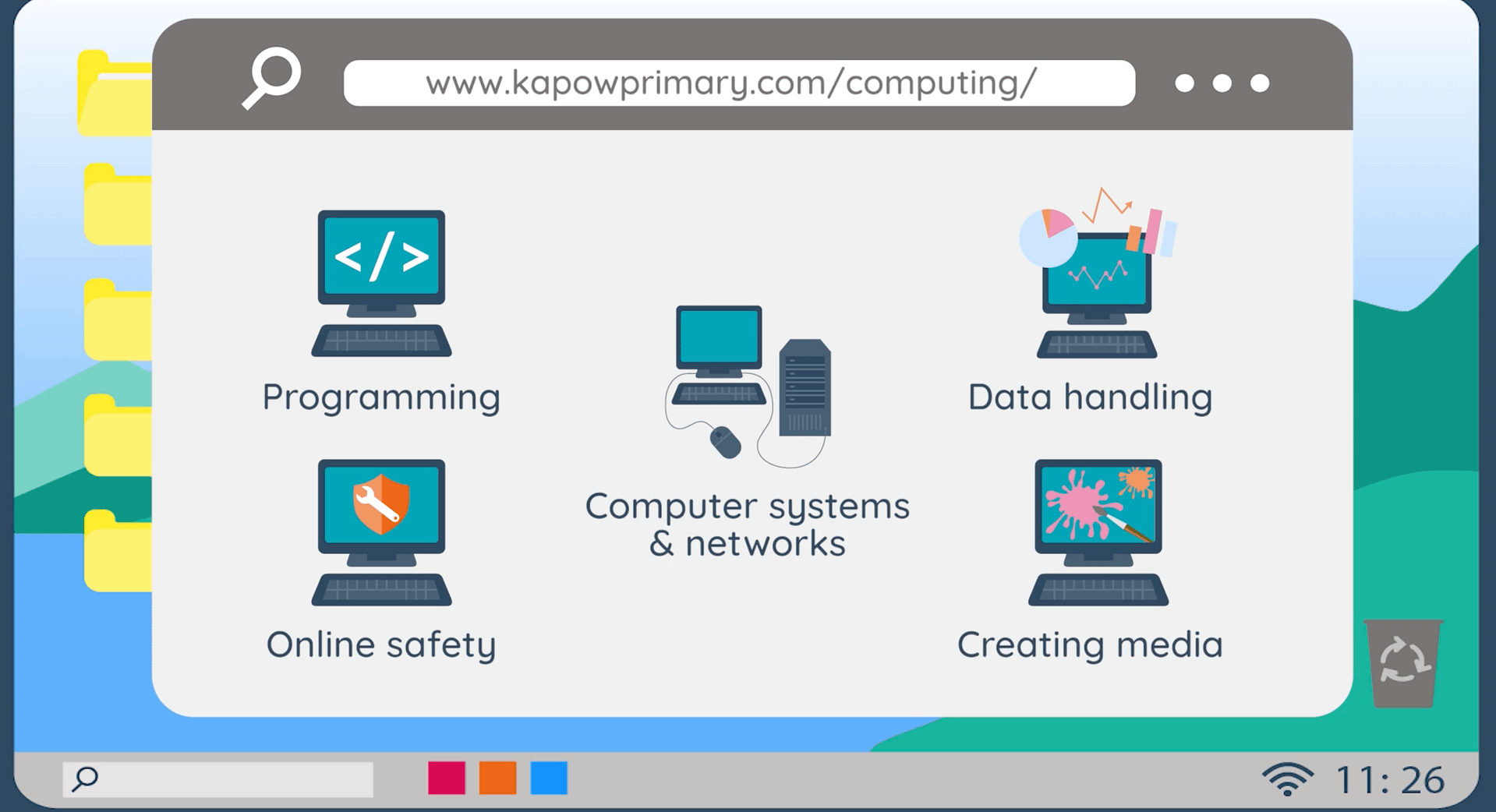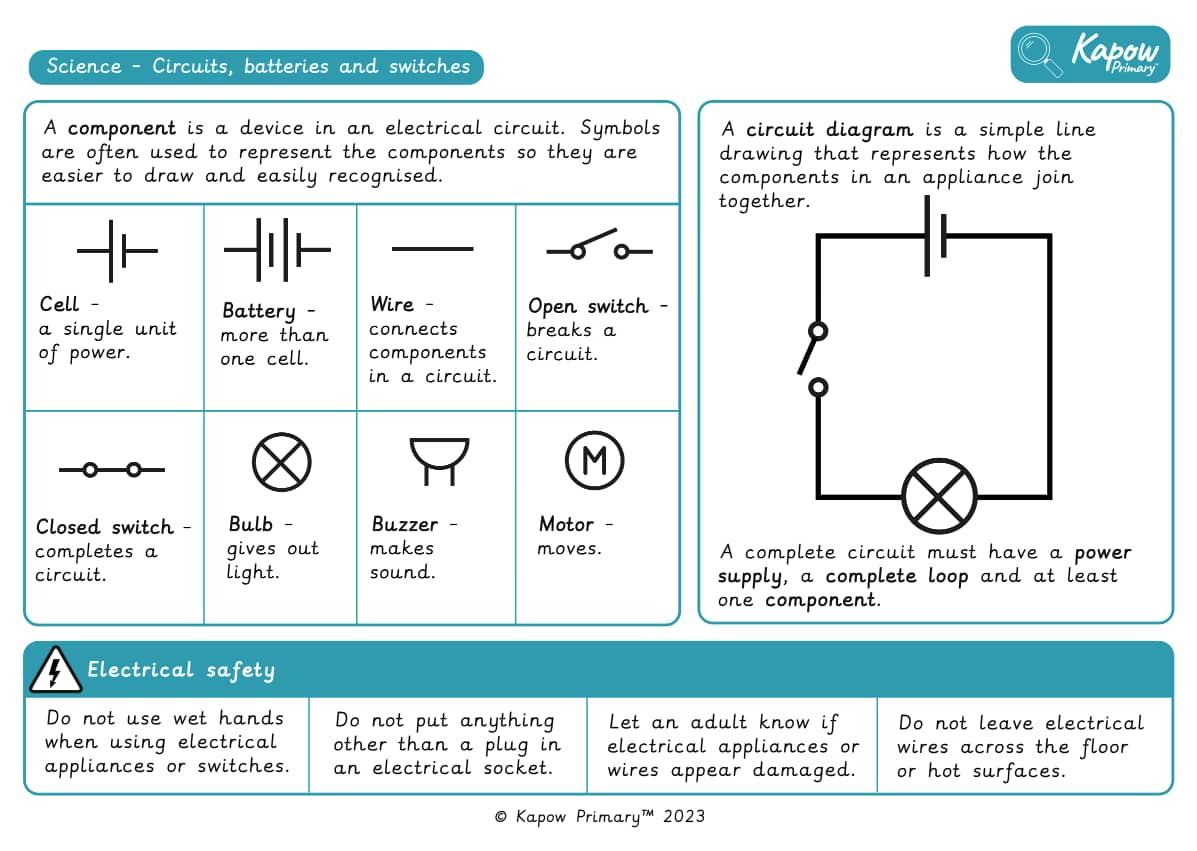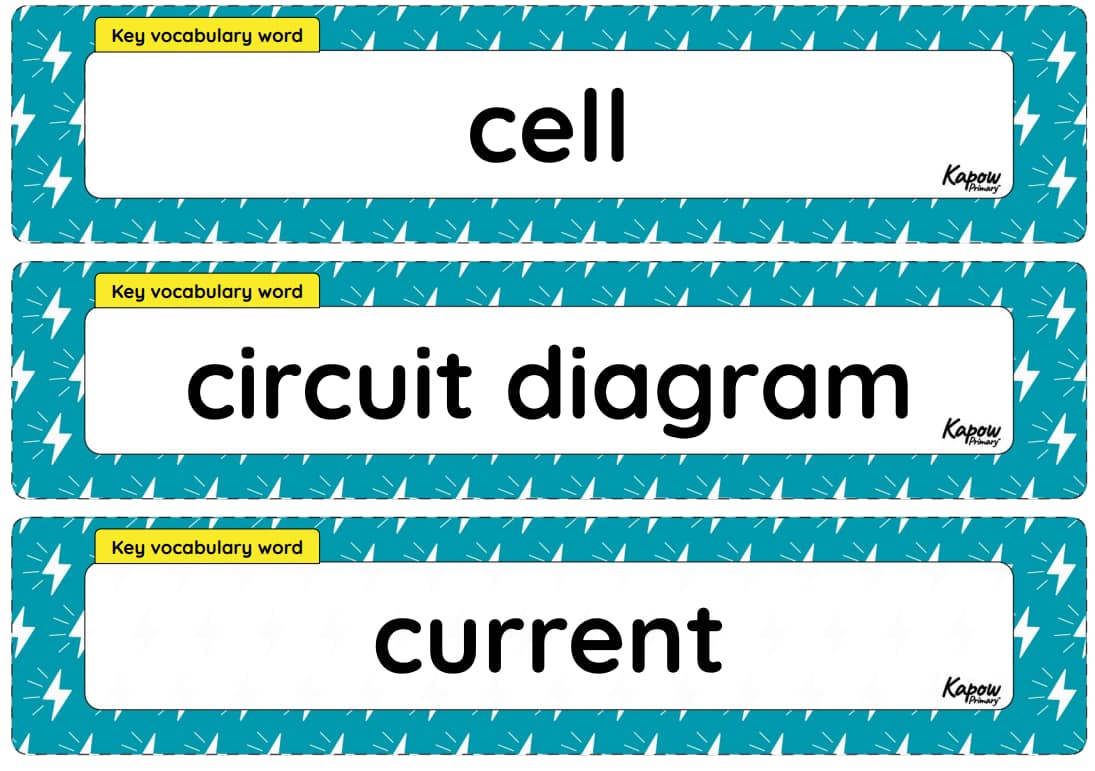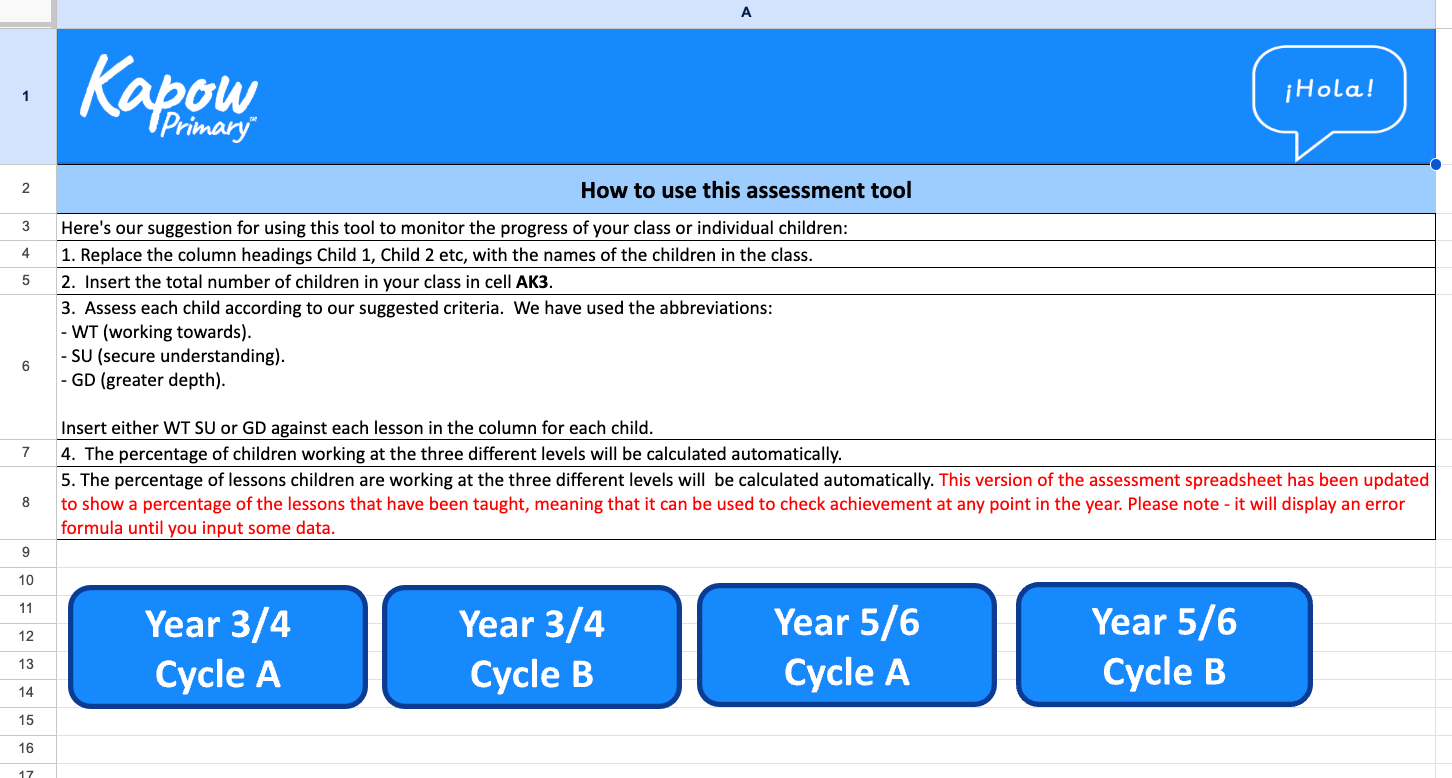This video provides an overview of Kapow Primary’s French scheme of work, supporting teachers with CPD, lesson guidance, and engaging resources to build pupils’ language skills and cultural understanding.
year: Year 6
Introducing Design & Technology
This video introduces our Design & Technology scheme, designed to bring the design process to life with real-world projects and builds skills progressively. With integrated CPD and fully resourced lessons, teachers gain the confidence to deliver D&T effectively.
Introducing Computing
This video provides an overview of Kapow Primary’s Computing scheme of work, designed to support teachers in delivering engaging, high-quality lessons from Reception to Year 6. With a spiral curriculum, integrated CPD, and flexible planning options, it builds teacher confidence while ensuring pupils develop essential digital skills.
Knowledge organiser – Science Y5/6 (B): Energy: Circuits, batteries and switches
Vocabulary display – Science Y5/6 (B): Energy: Circuits, batteries and switches
This unit vocabulary display includes keywords from the unit Science, Year 5/6 (B), Energy: Circuits, batteries and switches and additional unit-specific words that may be helpful in a display.
Key vocabulary is clearly labelled on the display, highlighting essential words that the pupils are expected to retain and reuse in future units. Understanding these words enhances comprehension of the subject and supports understanding of prominent organised worldviews.
See the full Science: Progression of key vocabulary.
Spanish: Assessment spreadsheet – mixed-age
Teacher video: Progression in measuring skills
This video helps teachers support pupils to build accuracy and confidence in measuring. It shows their progression from scooping spoonfuls in early years to using jugs and scales with precision in Key Stage 2.
Teacher video: Progression in cutting out skills
This video demonstrates progression in dough-cutting skills from using simple cutters in early years to refining precision and reducing waste with knives in Key Stage 2.
Teacher video: Progression in mixing and stirring skills
Video to help teachers to support children to develop essential mixing skills from basic stirring and mashing in early years to mastering techniques like kneading, rubbing in, and folding in Key Stage 2.









